Don’t Let The Supply Chain Crisis Stall Your Business
Unless you’re living a digital hermit life, you’ve probably heard about the supply chain crisis and the scores of container ships stuck at ports around the United States. Unfortunately, the supply chain crisis isn’t just something happening in the abstract – out there to other people. It is having a tangible impact on businesses of all sizes. And despite the fact that Seattle and Tacoma port workers are ‘all hands on deck’ 24/7 to get products off container vessels and onto the shelves of businesses, the problem won’t be fixed quickly. Federal Reserve chair Jerome Powell said that supply chain issues might continue well into 2022.
Supply Chain Crisis Explained
So, what’s causing the supply chain crisis? The answer is complex but there are three major factors contributing to the supply chain bottleneck.
COVID-19 shutdowns.
When governments around the globe ordered shutdowns and other changes to prevent the spread of the virus, many suppliers reduced production of goods and the number of employees working. But once they decided to increase production again, some of those workers had moved on to other jobs or they were simply unavailable to work. Suppliers who didn’t have enough workers couldn’t increase production to previous demand levels.
Unexpected consumer demand.
The “just in time” supply system depends on precision predictions about what products will be in demand and when. But unusual consumer demand spikes have exposed the flaws of this system. Now, many suppliers who didn’t accurately predict consumer demand cannot create products fast enough. Or, if they can produce enough goods, they can’t get it to consumers fast enough because of a shortage in containers, congestion at ports, and a lack of port workers or truck drivers.
Labor shortage.
The US Labor Department reported that the warehouse industry had a record 490,000 job openings and the trucking industry has a shortage of over 80,000 drivers. In the restaurant industry, Popeyes had to reduce store hours because they didn’t have enough workers. That reduction resulted in a 4.8% decline in U.S. sales.
Business Impacts
Almost every type of business has been impacted by this supply chain crisis in at least one way. Below are just a few of those impacts caused by the crisis.
Inflation.
The cost of goods is going up on everything from food to parts to repair a copy machine. That means the cost of doing business is increasing. As of September, the annual inflation rate is 5.4% which is a 13 year high.
Delays.
A shortage of goods means that getting the supplies you need may take longer. These delays could cost you money especially if your customers can go elsewhere to get what they need. Franchisees should stay in communication with franchisors to find out what strategic moves they’re making to ensure the flow of goods.
Financial troubles.
As the supply chain crisis continues so do your business expenses. But without the ability to sell your products or provide services to customers, financial trouble could be on the horizon. If you’re unable to supply customers with the goods and services want, they may decide to go elsewhere – your better-stocked competitors.
If you’re feeling the impact of shortages, you must assess the status of your business. Even short-term impacts can hurt. It’s imperative that you develop a strategy to survive inflation, delays, and an inability to get the goods you need during this crisis.
A Business Solution
If you want to escape the supply chain crisis with a healthy bottom-line, it‘s imperative that you create a strategy. Below are some suggestions:
Strengthen your buyer position.
If you’re a small operation with no need for a large order of goods, you might be deprioritized for shipments. It may make more financial sense for suppliers to fill larger orders before smaller ones. There’s more money in it for the supplier. Consider partnering with other small buyers to purchase a large order of goods so that you get priority position for shipments.
Offer better terms.
When suppliers have a limited stock of goods and lots of demand, you might want to offer better payment terms as an incentive for them to do business with you. For example, if you usually agree to pay in 90 days, maybe sweeten the deal by offering to pay in 60 days or even 30 days.
Find local alternatives.
While it’s relatively cheaper to purchase many goods from abroad where manufacturing is less costly, when there is a shortage, sourcing locally is your best bet. Search for suppliers in your city, state, and region.
Raise prices.
If you’re selling goods that are in short supply or that’s been hit by inflation., you may need to charge customers more. Do not absorb the cost as this can eventually put you out of business.
The supply chain crisis is here for a while – don’t get caught unprepared.
Seattle Bankruptcy Law Attorneys
Do you have questions about and bankruptcy and business law? Contact the experienced Seattle bankruptcy attorneys at Wenokur Riordan PLLC today at (206) 724-0846 to discuss your situation.


